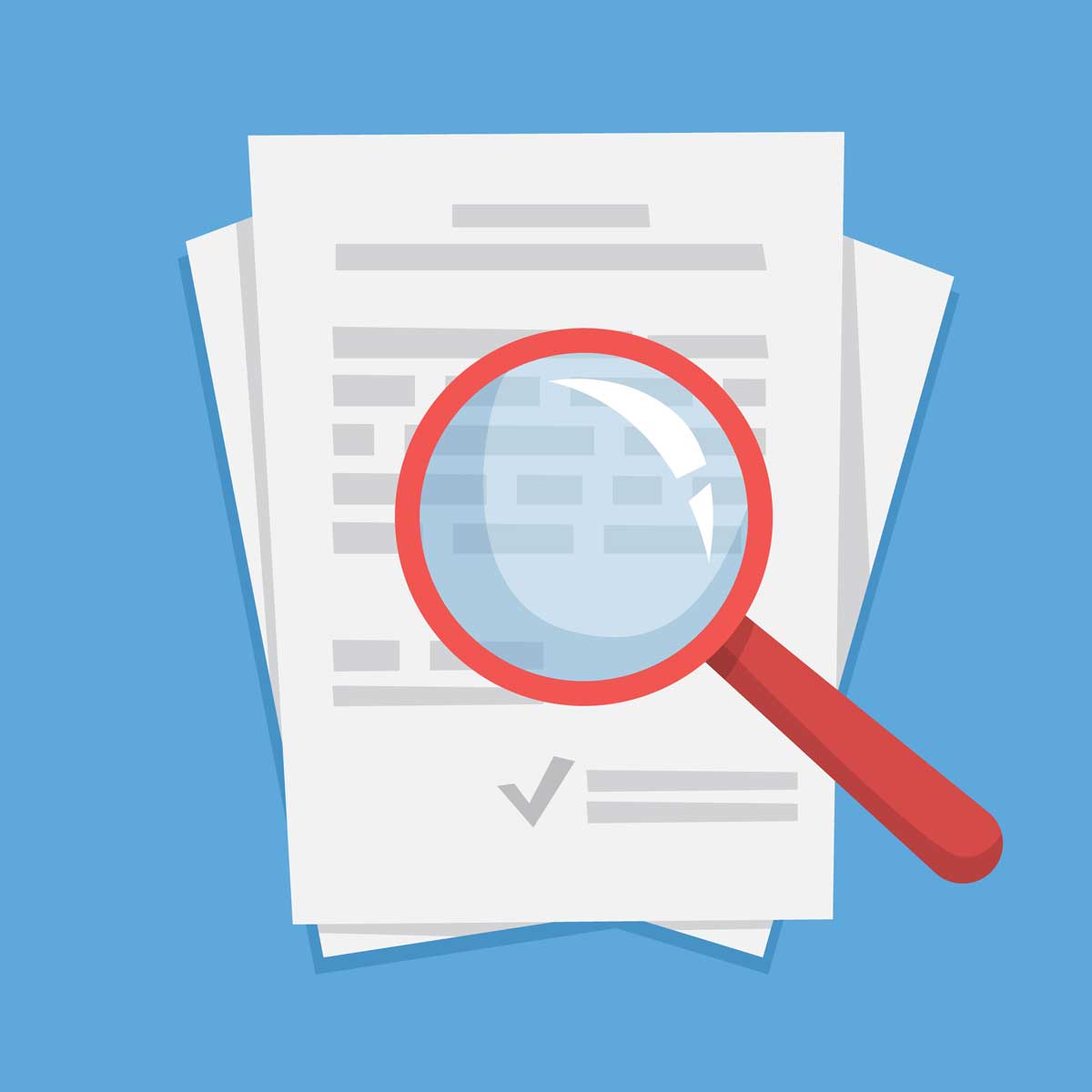This website uses cookies so that we can provide you with the best user experience possible. Cookie information is stored in your browser and performs functions such as recognising you when you return to our website and helping our team to understand which sections of the website you find most interesting and useful.
A Retirement Planner and Tax Advisor’s Take on the “SECURE Act 2.0”

In an effort to enhance the existing SECURE Act (the Setting Every Community Up for Retirement Act), Congress looks to pass the SECURE Act 2.0, or Securing a Strong Retirement Act of 2022. Various enhancements, such as credits for start-ups, Roth matching contributions and more, would universally provide employees with greater access to retirement savings. (Here is a summary of SECURE 2.0 from the House Ways & Means Committee.)
SECURE 2.0 passed in the House at the end of March, and we expect it will pass in the Senate this year, although the Senate version could differ from the House legislation. These differences would need to be addressed; however, there is bipartisan backing in both the House and Senate to push SECURE 2.0 legislation forward. Because of the positive impact the new law would have on increasing the affordability of starting a retirement plan, plus the enhanced features to existing plans, the bill has strong support from financial planners. Here are some highlights to watch for:
Start-up Credits
The enactment of SECURE 2.0 would increase small employer pension plan credits. Under SECURE 2.0, the credit would equal 100% of plan costs capped at $5,000 for the first three years for small plan employers who implement a 401(k) plan (and phases out within five years). Further, there is an additional new credit that encourages small employers to make direct contributions to their employees’ 401(k) plans, offsetting up to $1,000 of employer contributions for each participating employee.
Automatic Enrollment
Automatic enrollment, under SECURE 2.0, would be required for 401(k), 403(b) and Simple Plans starting at 3%, with auto-escalation at a rate of 1% up to a specified amount. Participants could opt out or choose a different percentage.
Catch-Up Contributions
Currently, once a person reaches age 50, they can make an extra catch-up contribution. For 2022, the amount of the catch-up is $6,500. The proposed legislation increases the catch-up contribution to $10,000 for ages 62 to 64 beginning in 2023. Another change under SECURE 2.0 designates all catch-up contributions as Roth contributions.
Roth Matching Contributions
The proposed changes would allow for some or all of a company’s matching contributions to be allocated as Roth contributions and would not be excludable from an employee’s gross income.
Part-time Workers
Part-time employees with 500 hours for two continuous years will be allowed to participate in an employer’s plan. Under existing legislation, only part-time employees that have worked for the employer for three years qualify to participate in plans. This will be tested separately to not affect the top-heavy contributions.
Student Loan Matching
In the past, matching contributions were based on the elective deferrals employees make to their retirement plan. However, employees with student debt are often not contributing to their plan and miss out on this match. The proposed change would allow employers to make matching contributions under a 401(k) plan, 403(b) plan or SIMPLE IRA on “qualified student loan payments.” Matching contributions would be vested on the same schedule as the retirement plan.
Impact on Employers
There are a number of provisions in SECURE 2.0 that would impact employers. In addition to the credit noted above, employers could benefit when amendments to their retirement plans are treated as being made. Any discretionary amendments to the plan that increase participants’ benefits and are adopted by the due date of the employer’s tax return can be applied for the prior plan year. This change would be effective for plan years beginning after December 31, 2023.
Another provision in SECURE 2.0 relates to Employee Stock Ownership Plans (ESOPs). Currently there is an incentive for shareholders to sell stock to an ESOP and, in some cases, any gain from the sale can be deferred by rolling the proceeds into publicly traded securities. This feature is only available for C Corporation stockholders. SECURE 2.0 may make changes that provide relief to S Corporation shareholders.
While SECURE 2.0 includes other proposed changes, the highlighted provisions could greatly improve retirement plans. If you do not have a retirement plan, now is the time to start considering one, as tax credits and benefits can help reduce the cost of implementing a plan. For assistance with your retirement plan or for questions about tax credits, please contact our team.
This publication contains general information only and Sikich is not, by means of this publication, rendering accounting, business, financial, investment, legal, tax, or any other professional advice or services. This publication is not a substitute for such professional advice or services, nor should you use it as a basis for any decision, action or omission that may affect you or your business. Before making any decision, taking any action or omitting an action that may affect you or your business, you should consult a qualified professional advisor. In addition, this publication may contain certain content generated by an artificial intelligence (AI) language model. You acknowledge that Sikich shall not be responsible for any loss sustained by you or any person who relies on this publication.




